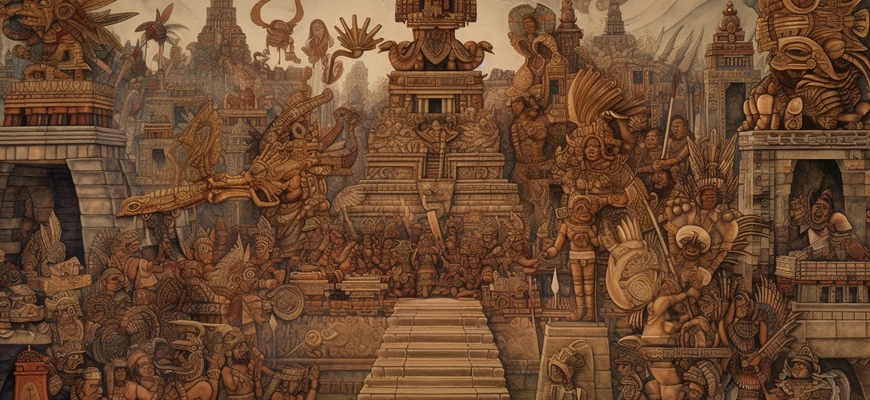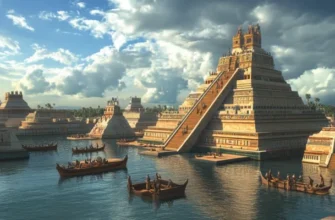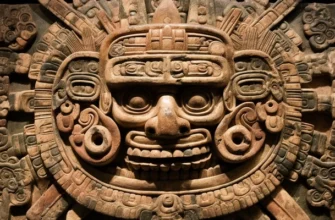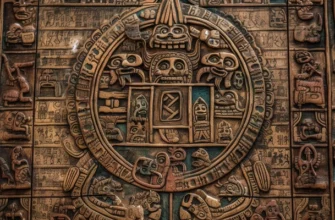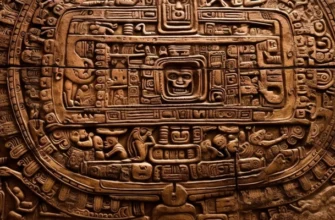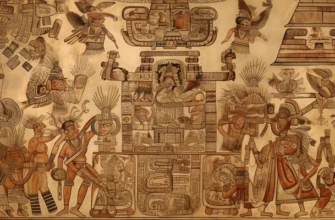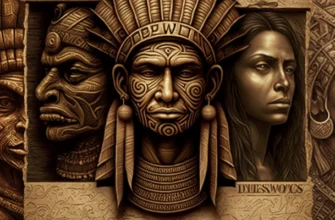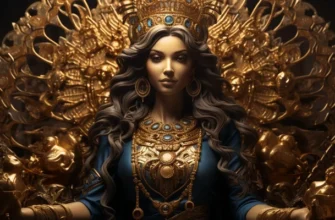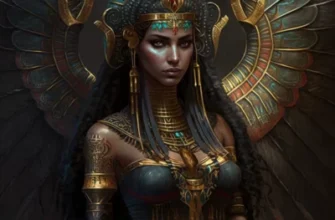The Aztec Kingdom was a great Indian civilization that flourished in Mexico from the 14th to the 16th century. Previous civilizations and the origin of the Aztecs, the formation of the kingdom, the social structure and internal politics are just some aspects of their history. Religion, art, architecture, and the calendar are all part of Aztec culture. The end of the kingdom came with the arrival of the Spanish, although there are different versions of the reasons for the defeat. Today, the Aztecs’ descendants preserve their culture and traditions, which can be seen in various monuments and museums.
History of the Aztecs
The history of the Aztecs begins with the appearance of their ancestors in Mexico around 1200. The first Aztec city-state was Tenochtitlan, founded around 1325. From the beginning of the 15th century, the Aztecs began to expand their territories, conquering neighboring peoples and forming alliances with other city-states. The relationship between the Aztecs and their subjects was based on a system in which the subject peoples had to pay taxes and tribute.
The Aztec social structure included rulers, priests, warriors, artisans, and peasants. The Aztecs’ internal policy was based on mechanisms of control and subjugation of the subject peoples, which ensured the stability and well-being of the kingdom.
One of the most prominent aspects of Aztec culture was religion. The Aztecs believed in polytheism and performed a variety of religious rites, including human sacrifice. The Aztec culture was also known for its art, architecture, and an advanced system of calendars and astronomy.
The end of the Aztec kingdom came in the 16th century with the arrival of the Spanish, who conquered Mexico and deprived the Aztecs of their power. There are different versions of the reasons for the Aztecs’ defeat, but the most likely are the shortcomings in the war strategy and the spread of diseases brought by the Spanish conquerors, who suffered greatly during their interaction with European infectious diseases. The fall of the Aztec kingdom was a significant historical event that affected the further development of Mexico and Latin America as a whole.
Aztec culture
Aztec culture was multilayered and included religion, art, architecture, literature, and science. They believed in polytheism, including the cult of the Sun, the Moon, the war god Huitzilopochtli, and the fertility goddess Tlazolteotl. They performed various religious rites, including human sacrifices, which had symbolic and religious meanings.
Aztec art reflected their religious and cultural heritage. Architecture included city-states, temples, palaces, and waterfalls. In turn, Aztec literature consisted mainly of various legends, myths, and stories written in the Nahuatl language.
Aztec science and technology included a developed system of calendars and astronomy. The Aztecs were also engaged in land cultivation, crafts, and trade. All of these aspects of Aztec culture played an important role in shaping their society and became the basis for the further development of Mexican culture and history.
The end of the Aztec kingdom
The Aztec kingdom ended with the conquest of Mexico by Spain. In 1519, the head of the Spanish expedition, Hernán Cortés, arrived in Mexico and began to conduct military operations against the Aztecs. Despite their superiority in numbers and technology, the Aztecs failed to resist Spain, and by 1521 the Aztec kingdom was completely conquered.
Spain’s conquest of Mexico led to massive population extinction due to infectious diseases that came from Europe, as well as the destruction of Aztec cultural and historical monuments. However, some aspects of Aztec culture managed to survive and have become an integral part of modern Mexican culture and identity.
Reasons for the defeat of the Aztecs
There were several reasons for the Aztecs’ defeat. First, they fell victim to infectious diseases brought by Europeans. Secondly, the Aztecs were less numerous and less armed than the Spaniards, so Spain had a military advantage. Thirdly, Spain managed to attract some Indian tribes to its side, which joined the war against the Aztecs. In addition, the Aztecs had limited military and technical support from their allies, which also weakened their defense capabilities.
The Aztecs today
The Aztecs themselves as a separate ethnic group do not exist in the modern world, as they were conquered and assimilated by other peoples after the Spanish conquest of Mexico. However, some aspects of Aztec culture and traditions have survived in modern Mexican culture, including cooking, art, and religion. There are also organizations and associations that aim to preserve and revive Aztec culture and traditions, in particular through various festivals, dances and rituals.
The modern heirs of the Aztecs and their culture
Today’s descendants of the Aztecs are part of the Mexican nation and have different ethnic and cultural roots. Nevertheless, some aspects of Aztec culture have survived in their traditions, art, and religion. For example, some modern Mexican dances and rituals, such as the “la calenda” dance, which symbolizes the harvest and tribute to the land, have their roots in Aztec traditions.
The Aztecs were also known for their cooking, particularly for the use of maize, beans, and other local ingredients. Modern Mexican cuisine contains many Aztec dishes and ingredients, such as tortillas, chipotles, adobos, and guacamole.
In addition, there are organizations, such as the National Council for the Development of Indigenous Languages and Cultures, that strive to maintain and revive Aztec culture and traditions. For example, they organize various events, such as traditional festivals, conferences, and seminars, that promote the preservation and revitalization of the cultural values of the Aztecs and other indigenous peoples of Mexico.
